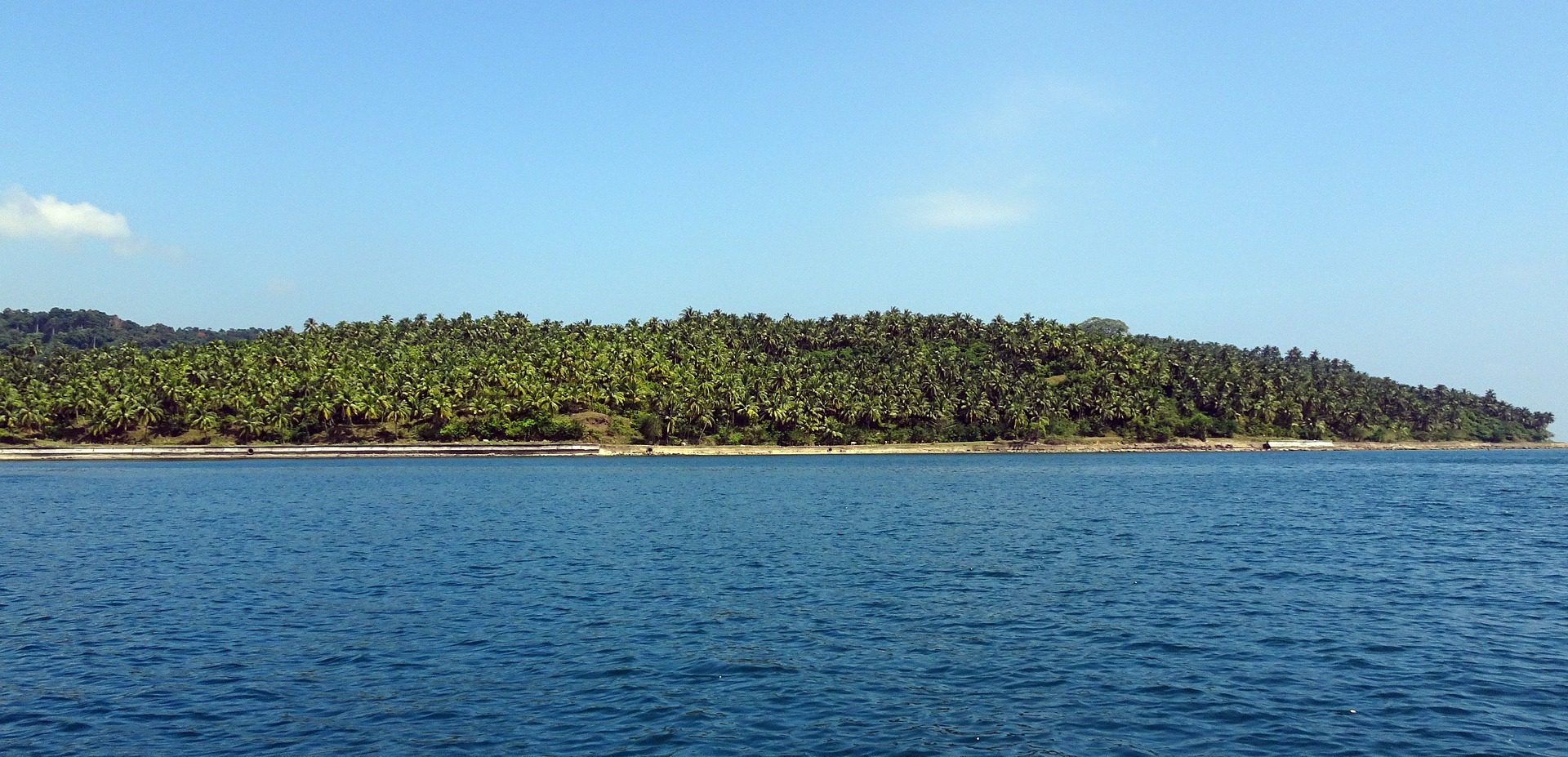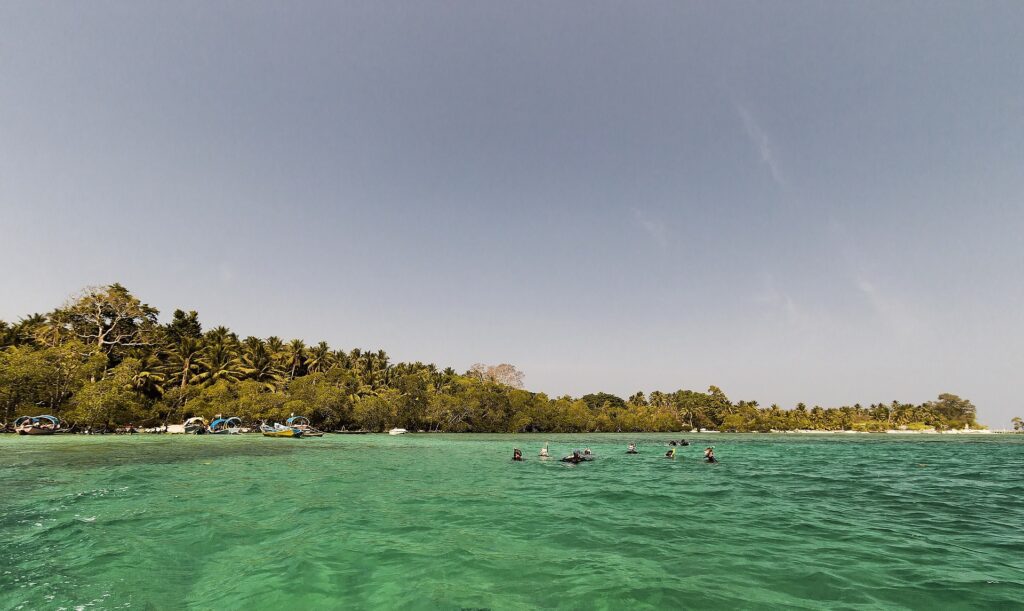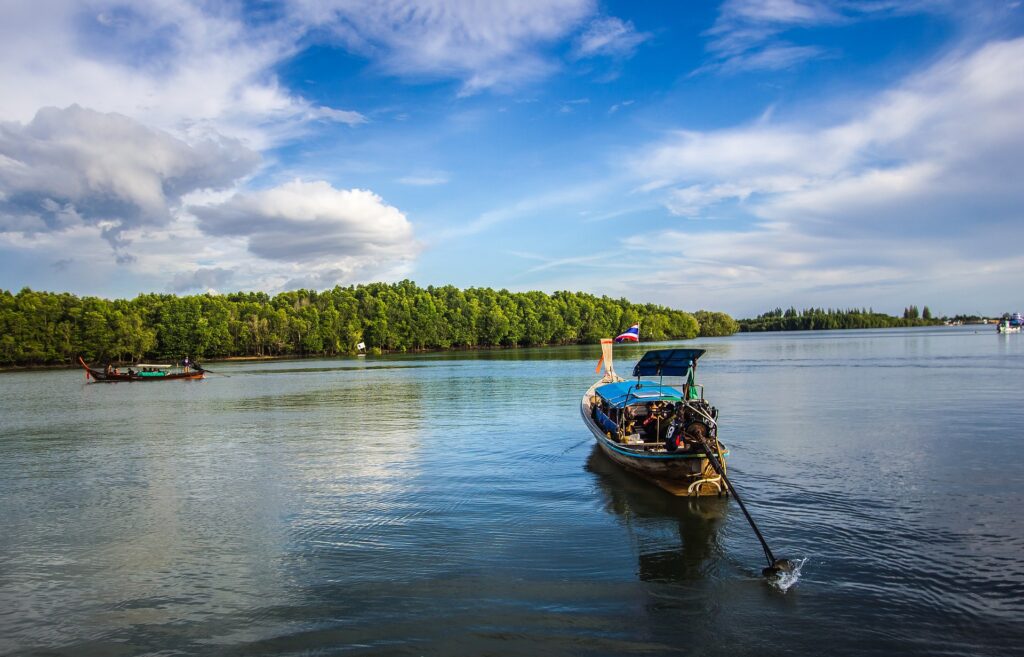The beautiful Andaman and Nicobar Islands are a series of islands in the Indian Ocean that are well-known for its clean beaches, lush vegetation, and abundant biodiversity. Travelling by backpack through these islands may be an exhilarating experience that offers a rare fusion of adventure, culture, and environment. Here is the ultimate guide for travelling by backpack through the Andaman and Nicobar Islands:


Getting There and Around: Flying is the quickest and most convenient way to get to the Andaman & Nicobar Islands. Port Blair, the nation’s capital, has frequent flights to most important cities in India. To go to other islands in the archipelago from Port Blair, you can take boats or seaplanes. To go about the islands, local buses and taxis are also available.
Regulations and Permits: Before backpacking through the Andaman and Nicobar Islands—which are a part of a restricted area in India—make sure you have the appropriate permits. Foreign nationals need a Restricted Area Permit (RAP), which can be acquired through Indian embassies overseas or at the Port Blair airport upon arrival. The Inner Line Permit (ILP), which may be acquired online or at the airport, is also required for Indian nationals.
Accommodation: There are a variety of lodging alternatives for different price ranges when backpacking through the Andaman and Nicobar Islands. You can choose from low-cost guesthouses, mid-range hotels, and opulent resorts to suit your preferences. The most well-liked locations are Port Blair and Havelock Island, both of which provide a variety of lodging choices. On other islands, though, simple guesthouses or homestays can be the only option.
Must-Visit Destinations:
PORT BLAIR: The capital of the country, Port Blair, is an excellent spot to begin your backpacking trip. To find out more about the island’s past during the British era, go to the Cellular Jail, also known as Kala Pani. Don’t miss the nighttime Light and Sound Show, which tells the tale of the struggle for freedom. Other sights like Ross Island, Corbyn’s Cove Beach, and the Anthropological Museum are also available for exploration.
HAVELOCK ISLAND: Havelock Island is a must-visit location for travellers because of its breathtaking beaches and aquatic activities. One of Asia’s most gorgeous beaches, Radhanagar Beach, also known as Beach No. 7, features white sands, turquoise waters, and breathtaking sunsets. Additionally, you can go scuba diving, snorkelling, or on a boat trip to one of the surrounding islands like Elephant Beach or Neil Island.
NEIL ISLAND: The tranquil beaches, laid-back environment, and relaxing vibe of this little island are well-known. To experience the untouched beauty of the Andaman Islands, visit Sitapur Beach, Laxmanpur Beach, and Bharatpur Beach. A bicycle can be rented so you can tour the island at your own speed.
BARATANG ISLAND: Baratang Island is renowned for its mud volcanoes and limestone caves, despite being a lesser-known island. To access the limestone caves and see the breathtaking stalactite formations, take a boat journey through the dense mangroves. Another option is to go on a walk through the tropical jungle to view the unusual mud volcanoes.
LONG ISLAND: If you’re searching for a remote and unusual location, Long Island is the ideal choice. It provides travellers looking for adventure with a remote experience due to the lack of roads and electricity. Hike through the verdant forests, discover undiscovered beaches, and take in the peace and quiet of this far-off island.
Activities & Adventures:
For thrill-seekers, backpacking through the Andaman and Nicobar Islands offers a wide range of adventurous activities. To experience the diverse underwater environment of coral reefs and marine creatures, you can go kayaking, sea walking, scuba diving, and snorkelling. In well-known locations like Havelock Island and Neil Island, there are numerous dive shops and water sport providers who provide these activities.
Opportunities for climbing and hiking abound on the islands for anyone with a sense of adventure. You can go to the natural rock formation known as the “Howrah Bridge” in Little Andaman or go trekking through the lush forests of Mount Harriet or Madhuban in Port Blair. The islands also provide camping, beach bonfires, and wildlife viewing possibilities, including the chance to see local bird species and saltwater crocodiles.
The Andaman and Nicobar Islands offer a rich history to discover for individuals who are interested in history and culture. You may find out more about the native tribes of the islands and their distinctive culture by going to the Anthropological Museum in Port Blair. You can also check out the relics of the British era, like Ross Island and the Cellular Jail, which were significant in India’s struggle for independence.
Food and Cuisine:
The cuisine of the Andaman and Nicobar Islands is a delicious fusion of Southeast Asian, Indian, and Bengali flavours. Fresh seafood is widely available in the islands, so lovers of seafood are in for a treat. You can experience delectable delicacies made with regional spices and herbs, such as fish curry, crab masala, and prawn curry. Indian, Bengali, and continental cuisines are among the vegetarian and non-vegetarian alternatives available on the islands.
Local Culture and Tribes:
The Great Andamanese, the Jarawas, and the Sentinelese are just a few of the indigenous tribes who call the Andaman and Nicobar Islands home. It is interesting to learn more about the distinctive way of life and cultural heritage of these tribes. It is crucial to respect their right to privacy and abide by the rules and regulations established by the authorities for visiting tribal areas.
Tips for Backpacking:
RESPECT THE LOCAL CULTURE AND ENVIRONMENT: The Andaman and Nicobar Islands are home to a number of indigenous cultures and have delicate ecosystems, so please respect both the local culture and ecology. Respect for their environment, culture, and customs is essential. Avoid littering, don’t annoy the wildlife, and abide by the laws that have been set forth by the authorities.
PLAN YOUR ITINERARY AND PERMITS IN ADAVANCE: Prior to your journey, make careful to plan your itinerary and secure any required permits, such as the RAP or ILP. Conduct comprehensive study and make your plans accordingly because some regions can have limits or need additional approvals.
PACK THE ESSENTIALS: Due to the islands’ potential isolation, it’s crucial to bring items like sunscreen, insect repellant, a first aid kit, and clothing suitable for the tropical temperature. Be aware that certain islands may have restricted access to electricity and the internet, so plan accordingly.
STAY HYDRATED: Because of the Andaman and Nicobar Islands’ tropical climate, which can be hot and humid, it’s crucial to do so. To prevent dehydration, keep a reusable water bottle with you and consume enough of liquids.
USE LOCAL TRANSPORTATION: Local transportation choices, like as ferries or buses, are more affordable and environmentally friendly than private taxis or rental cars for getting around the islands.
BOOK ACCOMMODATION IN ADVANCE: While there are affordable lodging alternatives on the islands, it is advised to make reservations in advance, especially during the busiest times of year, to ensure availability and receive the best rates.
In conclusion, a backpacking trip through the Andaman and Nicobar Islands offers a unique opportunity to experience the region’s pristine beaches, lush forests, diverse wildlife, and rich cultural heritage. You may have an amazing journey exploring the natural beauty and cultural diversity of these gorgeous islands with careful planning, respect for the local ecology and culture, and an adventurous spirit. Happy backpacking!




